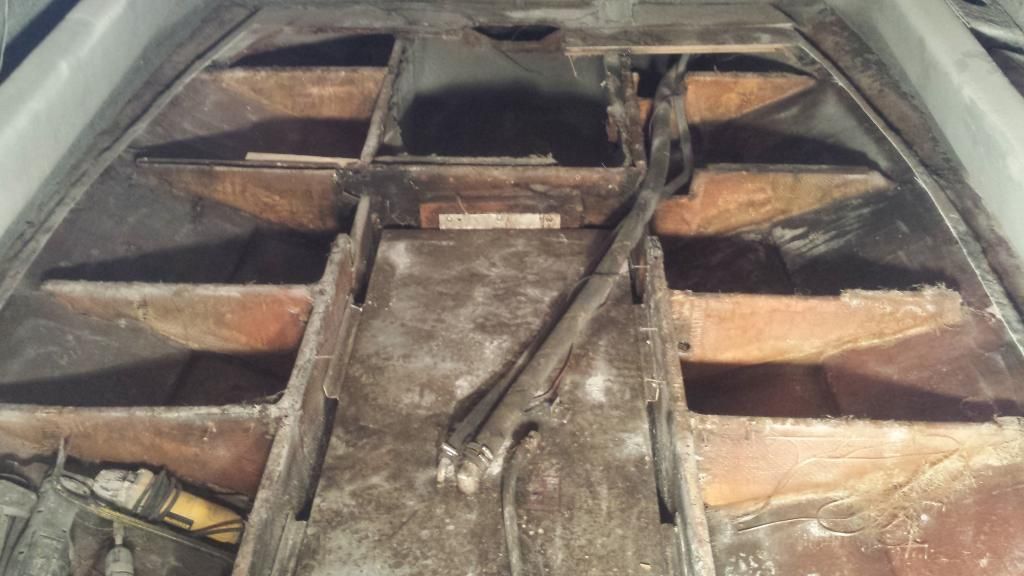[h=5]
Wet/Dry 700? epoxy[/h]
COMPRESSIVESTRENGTH .......... ASTMD695 10,500 psi
TENSILESTRENGTH.................... ASTMD638 5,200 psi
ABRASIONRESISTANCE.............
CS-17WHEEL, 1 kgLOAD ............ ASTMD4060 0.20 gm loss
WATERABSORPTION ................. ASTMD570 0.19 %
(2 hour boil)
FLEXURALSTRENGTH................ ASTMD790 4,900 psi
SHORE D HARDNESS ................. ASTMD2240 88
HEATDISTORTION...................... ASTMD649 122? F
TEMPERATURE
BONDSTRENGTHTOCONCRETE 100%concrete failure
LAPSHEAR.................................. 2,200 psi
**************************************************************************
Fiberlay P-17 ISO Polyester Resin
Cured Resin *2
Test Value
Tensile Strength 8,532 psi
Flexural Strength 16,637 psi
Flexural Modulus 597,215 psi
Tensile Modulus 455,021 psi
Barcol Hardness, 934-1 48
Elongation 1.7%
Heat Dist. Temp. 185?F-203?F
Laminated Physical Properties *3
Test Value
Tensile Strength 16,352 psi
Flexural Strength 25,168 psi
Flexural Modulus 1,208,650 psi
Tensile Modulus 1,109,114 psi
Elongation 1.4%
****************************************************************************************************************************
Titebond III
Bond Strength ASTM D-905 (On Hard Maple)
| | Temperature | Strength | Wood Failure |
| | Room Temperature | 4,000 psi | 57% |
| | 150?F Overnight | 800 psi | 0% |
Not for continuous submersion or for use below the waterline. Not for structural or load bearing applications. Use when temperature, glue and materials are above 45?F. Store product below 75?F. Storage above this temperature may cause product to thicken and reduce the usable shelf life. If thickened, shake vigorously by firmly tapping bottle on a hard surface until product is restored to original form. Because of variances in the surfaces of treated lumber, it is a good idea to test for adhesion. For best results gluing exterior doors or exotic and oily woods, please contact out Technical Support Team at 1-800-347-4583. Read MSDS before use. KEEP FROM FREEZING.
KEEP OUT OF THE REACH OF CHILDREN.



















